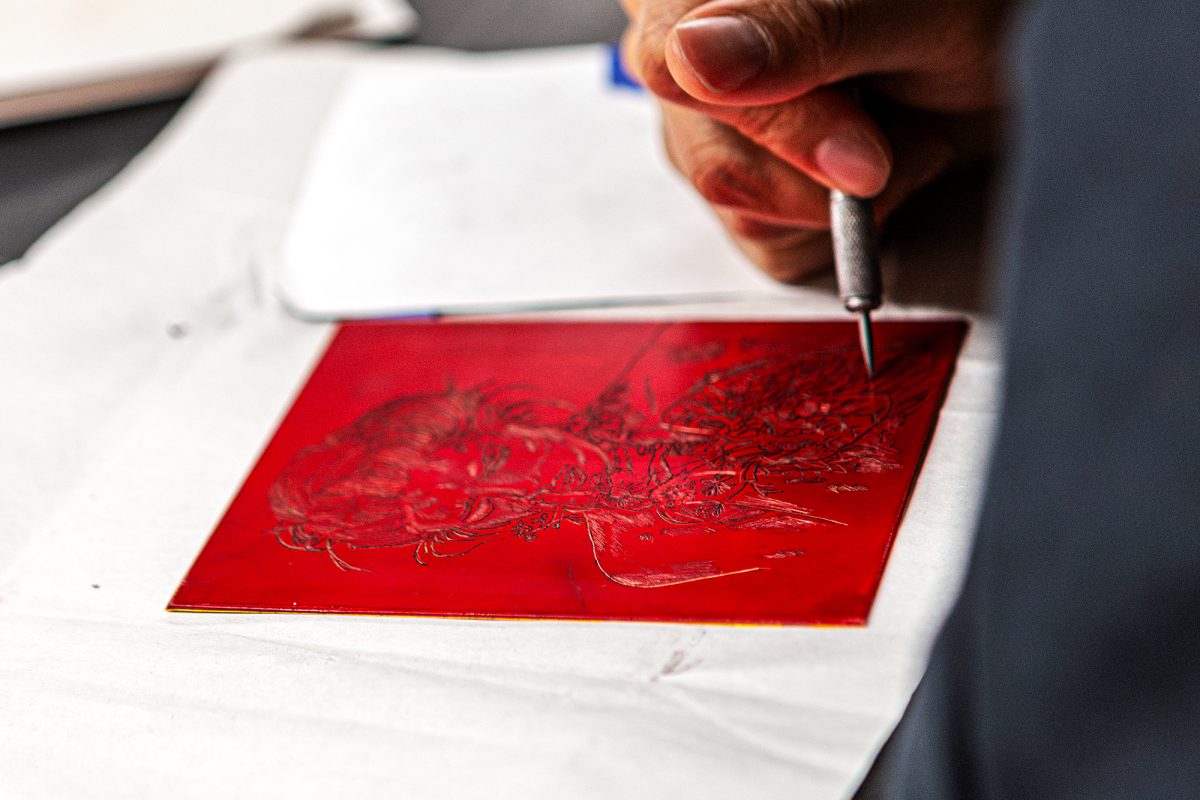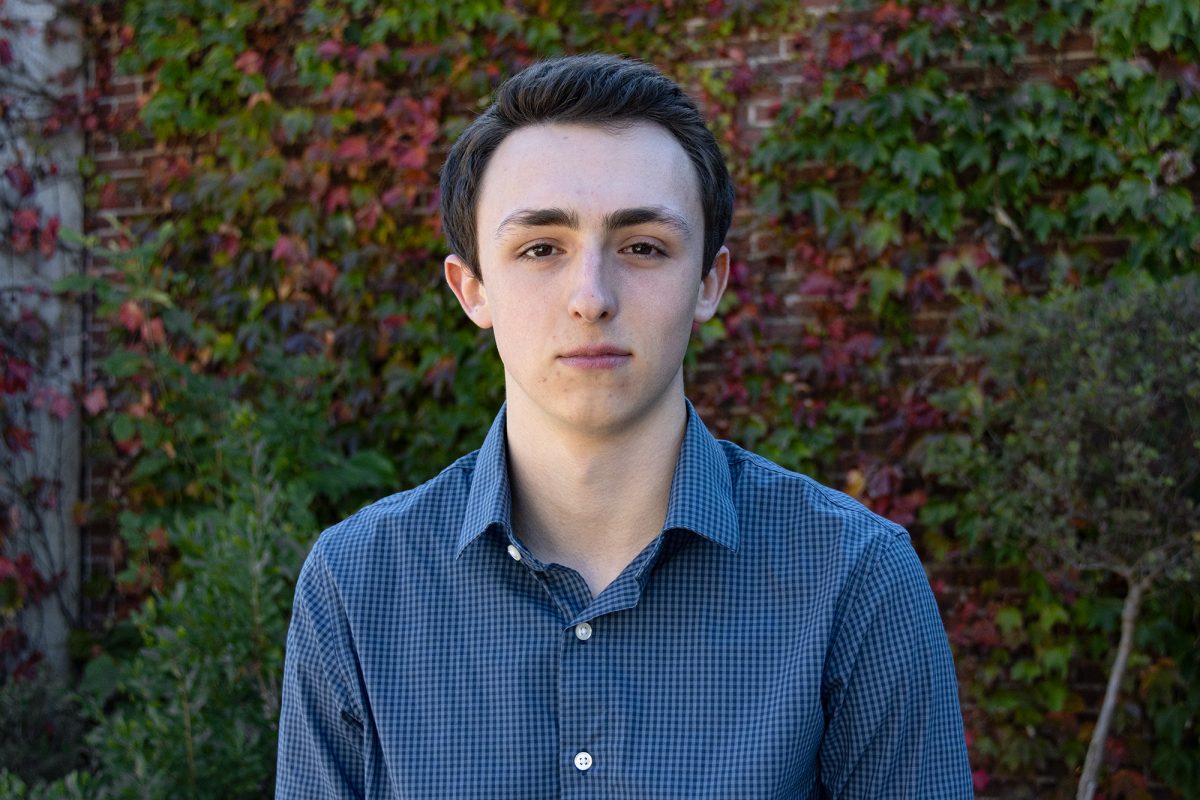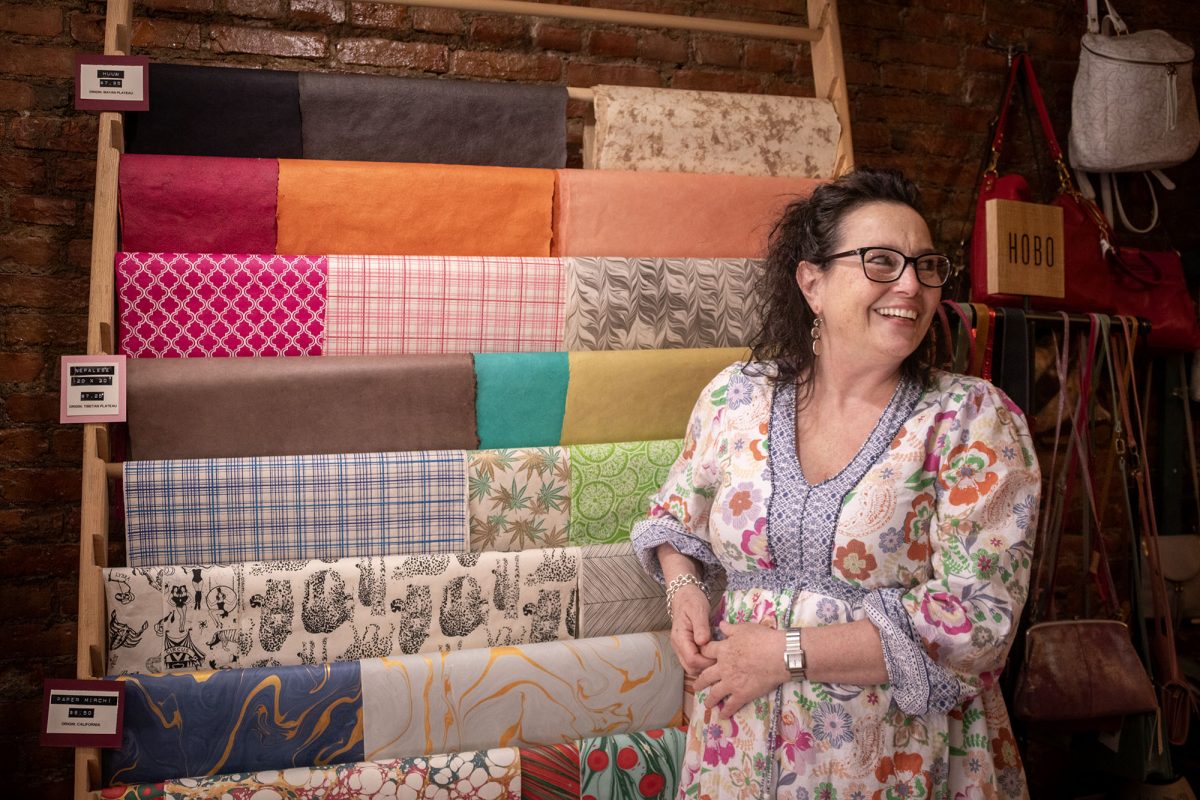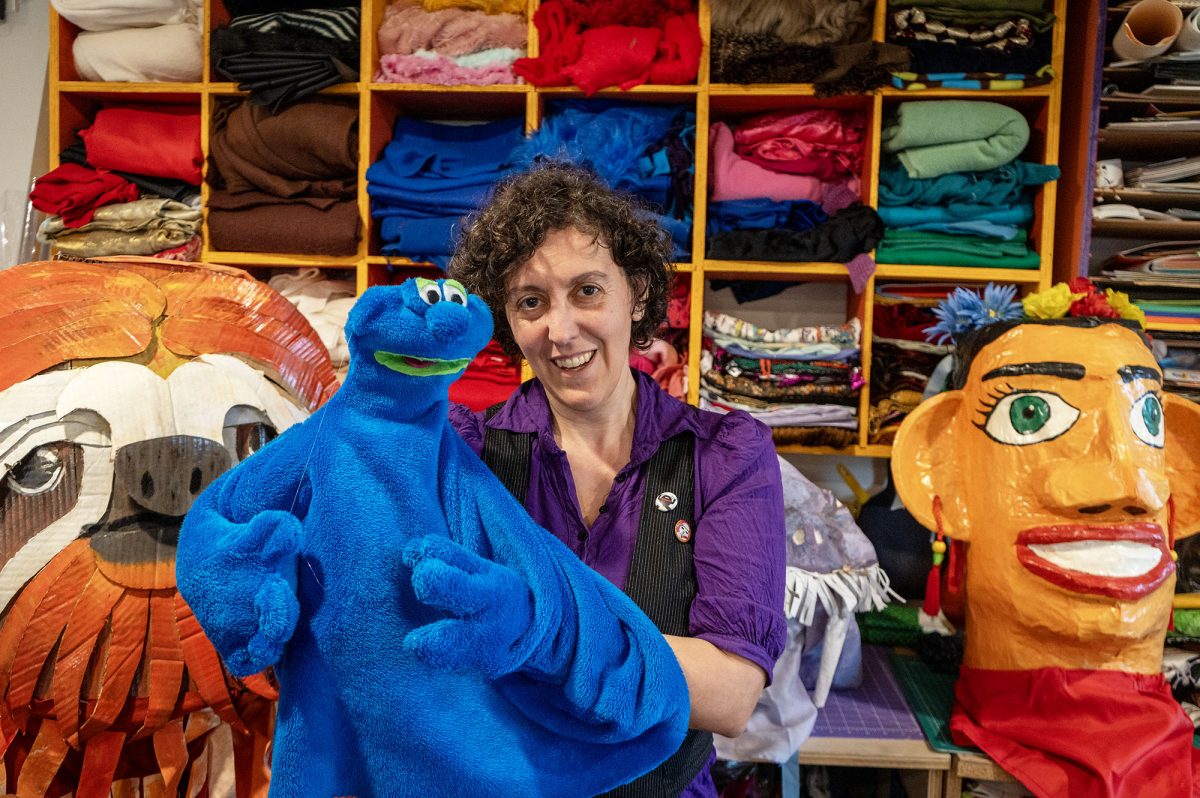Art and science are two subjects that are commonly kept separate. They are in definition somewhat opposites: Science is the study of the physical and natural world that is rooted in logic, theories and data whilst art is the expression of creative skill and imagination that is rooted in emotion and opinion. However, art and science intertwine in areas such as experimentation, innovation and technology where they can complement each other and allow both scientists and artists to grow.
Mike Haaf, professor in the Department of Chemistry at Ithaca College, has been teaching the course Chemistry and Art since 2009. Haaf said that although his main field is in organic chemistry, he has a passion for art history and art conservation.
“Historically, artists were among the first to use new materials,” Haaf said. “If a new material was invented, the artists were the ones that went after it first. They’re experimenters. They want to try out new things.”
Haaf said he teaches about the chemical compounds of dyes and colors, along with the materials required to create many types of art, like different paints. He said that even though it is technically a chemistry class, Chemistry and Art is not a class designed exclusively for science majors. He said this class shows art and chemistry in unique ways that are not known to most people, making chemistry accessible to every type of student at IC.
Haaf brought up another example of this relationship between art and science from the Metropolitan Museum of Art, which has a science and research facility in its basement that serves a critical function in preserving and validating new artwork.
“There’s actually extensive labs that generally people don’t go to see,” Haaf said. “If they get a new art object, they’ll often have a scientist look at it, evaluate it, look at the materials it’s made of and see if they are consistent with the time period that it claims to be, to make sure there’s no funny business going on.”
In one of his lessons, Haaf invited Valeria Herrera, assistant professor in the Department of Art, Art History, and Architecture, who specializes in printmaking. She gave a workshop on an innovation in printmaking: copper etching at home.

The process of copper etching, as described by Herrera, used to require toxic chemicals and fumes in order for the copper plating to be properly engraved. However, because of a recently discovered technique called ‘electro-etching,’ copper etching has become not only safe, but completely reusable because of the materials it requires to operate. Voltage is applied to an etched copper plate in a saltwater solution, removing all excess materials and leaving the handmade etchings in the plate. The process does not add or take away material, leaving the solution to be used and re-used for an indefinite amount of time.
“It’s basically the science of water, salt and electricity,” Herrera said. “There are no fumes. The [etched copper] material displaces from one plate to the other, and it’s just the process of electricity, the voltage transferring it and removing it from this [plate] to the other plate.”
The other methods of copper etching — like chemical etching and even other traditional methods of printmaking — involve using a large desk unit with specialized tubs that cost a minimum of $250 to set up. Then, artists need to fill the tubs with expensive, toxic chemicals.
Herrera said electro-etching, which became popularized in the 1970s, costs about $200 in total and takes up only a small part of a desk.
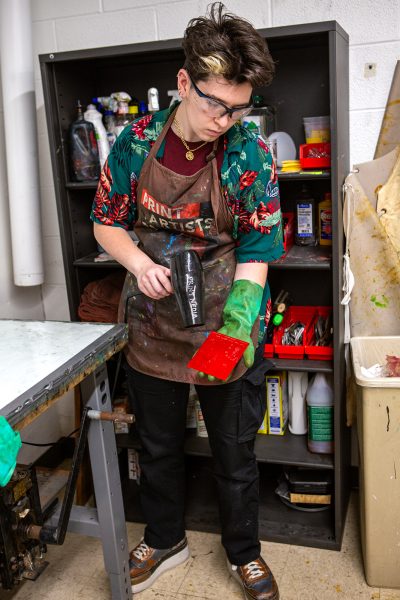
Herrera said all art, especially printmaking, is influenced by science because of the need for new or alternative chemicals to replace current, toxic methods of printmaking. Zea Mays, a special research facility in Massachusetts, specializes in researching new printmaking methods. Herrera spoke about some areas of printmaking that are currently being researched for the future of the art.
“A lot of the mordants and cleaning products that are used have a lot of toxic materials in them,” Herrera said. “Oftentimes, if you’re getting into traditional printing processes, for cleaning, you’re using pretty toxic materials. The materials that we’re currently using still have some questionable [toxins] in it.”
Photography is another form of art heavily impacted by advancements in science today. Rhonda Vanover, associate professor in the Department of Media Arts, Sciences, and Studies, teaches two scientifically focused courses: Darkroom Photography and History of Photography. Vanover said science is the reason photography exists, with every aspect of photography being related to science.
“When color photography came out, they were using potato starch dye [that would] make the pigments happen,” Vanover said. “I did not like chemistry, but I find myself doing it every day.”
Vanover said that when a photo is taken on a film camera, it needs to be processed by hand using a type of science called sprint chemistry. This develops and fixes film after it has been properly loaded and dried — a time-consuming process that requires nearly three hours of effort.
Though the process may require an incredible amount of effort, that does not mean that darkroom photography is inaccessible to those who are interested. Vanover said darkroom photography only requires the chemicals needed to process photos and a literal dark room to work in.
“I would take my parent’s kitchen and do my processing of analog film with all of this chemistry,” Vanover said. “My chemistry was at the bottom of the food cabinet, I used the bathroom to make prints, and eventually I made my bedroom a portion of it. I had it curtained off with a dark shower curtain. That would be my darkroom.”
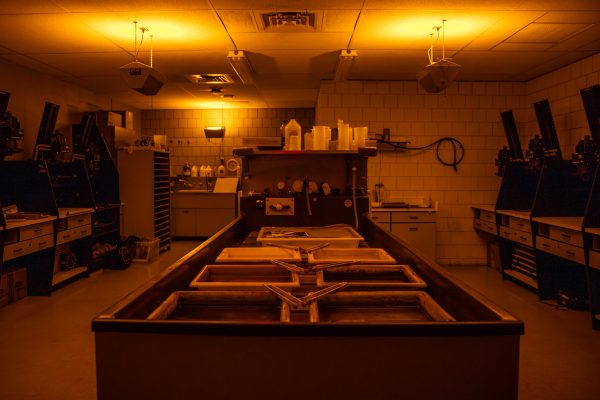
The very cameras that are used to create film photographs for the everyday consumer are all a product of innovative science by the Lumière Brothers, according to Vanover, which leads to her first assignment in the darkroom course: having students create their own film cameras from scratch.
Sophomore Isabella Cruz, a television and digital media major, said she was in disbelief when she first learned about this assignment. Her handmade camera was simply a cardboard box with a small, sanded aluminum lens. A small strip of paper was placed over the lens, which blocked light from reaching a piece of photographic paper in the back of the box.
“I didn’t believe [Vanover] when she told us,” Cruz said. “My first [photo] that came out, I couldn’t see anything, since it was super bad and not well done, so I didn’t believe that it could happen. And then when I got [my new negatives], I was like, ‘This could be something.’”
Cruz said darkroom photography remains a technique that requires extreme attention to detail and time management since it can have high stakes. She said she cannot remove or undo a mistake.
“There’s this thing we have to do in a darkroom we call a wash,” Cruz said. “When all of our photos are in the tub, one person has to go and wash all of our photos. You’re basically in charge of everyone else’s photos and how they come out, and if you screw up it’s all gone.”

Cruz said the film developing process can be gruelling, but that is one of the main appeals to it. She said the class has created a supportive community among her classmates.
“We’re all in it together, because once you make a mistake, you gotta start all over again,” Cruz said. “Everyone’s like, ‘Hey, I got your back. I know that it is stressful, but we can do this.’”
Haaf shared his personal hope for students that understand the science aspect of art history, and to take their knowledge of science and apply it to their appreciation of art.
“What I’d like is students to go into art museums and look at and appreciate the art, but then also appreciate the material aspect of the art object as well,” Haaf said. “Then think about how it was made, why the artist chose the materials they chose, what might have happened to it in the hundreds of years that have passed since it was made.”



